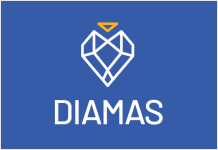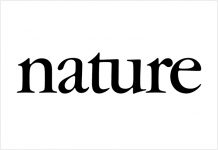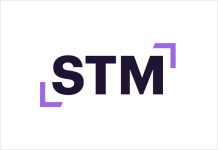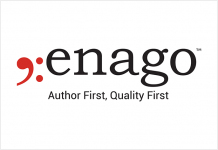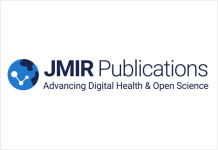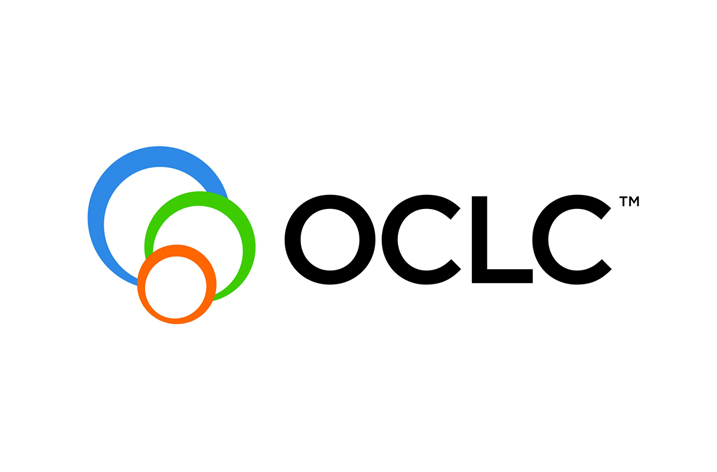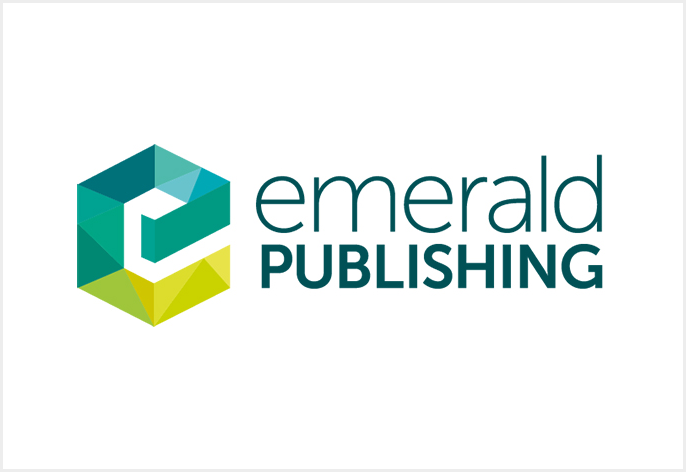
A new report by Emerald Publishing has found that academics have a strong desire to change the way research is presented to make it more useable in a post-Covid world. They call for faster dissemination and easier use of research for non-academics, including students, some of which will go on to become the researchers of tomorrow. The report findings include:
- 3 in 5 academics believe research is difficult to use outside of academia
- 45% of academics agree research papers are too long and 57% feel research summaries could help to more effectively present findings to decision makers outside of academia
- 64% of academics believe there needs to be greater focus on real world experiences and bringing the outside world in more to improve the learning experience from academic research
- 64% of academics believe that content forms such as videos, podcasts and infographics could help when presenting research
The report explores the attitudes of 1,500 academics from over 100 countries worldwide to the way research is currently presented, and the types of innovation that will help research drive real-world change. It compares the findings with those of undergraduate and postgraduate students from 10 different countries and poses the question for how long traditional academic output remains the primary way to communicate research.
Though academics continue to see the journal article as the best way to present research, they are also open to new content types, and know if their research is to achieve impact, it needs to connect with an audience outside of academia; an audience who currently finds traditional formats difficult to understand and act upon. However, there are some barriers to this change: one in three academics believe the path to career progression is too ingrained in traditional markers of citation to allow for big changes as to how academic research is presented, and 1 in 4 students believe academics are more concerned about career progression than making learning easy for non-academics or students.
There is a need for more variety in the types of content used in academia, with students citing video and animation (32%), traditional books (31%) and social media (29%) as the top content types they wanted to see used more at university. Academics would like research presented via traditional and new content types including books (34%), training courses (31%) and open research data (31%).
The report also suggests a tension between the established and the new in academia, with early career researchers feeling held back by the traditional practices that are preventing innovation and fresh thinking in the way that research could be presented to better connect with those outside of academia.
57% of academics feel that research summaries could help to more effectively present findings to decision makers, alongside co-creation between academics and practitioners (54%), open research (52%) and using content types such as podcasts, infographics and video (52%).
When looking further at the barriers to innovation, 47% of academics and 29% of students see budget constraints as the major barrier to change within research outputs, though they feel publishers should be doing more, including reducing Article Processing Charges for those in underfunded research areas (45% of academics). One in three academics believe publishers should offer more innovative content formats to help audiences connect with research.
Sally Wilson, Head of Publishing at Emerald Publishing, said: ‘The pandemic has clearly accelerated the desire for research to make a difference and solve big, real world problems and has highlighted once again that academia’s culture and incentive structures need reimagining. As publishers, we have a clear role to play working with other scholarly stakeholders, including funders, member organisations and higher education institutions, to highlight the barriers created by an academia’s current incentive structures that value the publication of the traditional research article in impact factor journals over the research output and content formats that move us beyond the article.
‘While other content formats are not new and have been used by researchers to complement the journal article or book chapter, it is still not as common in the less well-funded Social Sciences. We need to do our part in reimagining content forms that appeal to the next generation of learners as well as those outside of academia.
‘Our goal at Emerald is to work with researchers to help them make their work more discoverable and to enable research output and contributions to be recognised in different ways. We offer practical guides and advice as well as workshops and webinars for those looking to get published and, once published, how to create a platform to extend the reach and generate attention and ultimately impact for their work.’
Emerald Publishing is committed to helping research have an impact; real impact that influences thinking, changes policies and practice, and positively makes a difference to lives beyond the walls of academia. To see what progress Emerald has made so far in driving research impact and its plan for the future, take a look at our Impact roadmap.
The report forms part of the Emerald’s ‘Closing the impact gap’ campaign in which there will be a series of content available including podcasts, blogs, videos and a webinar panel discussion debating if ‘research output is fit for the future’, featuring academics, practitioners and users. Emerald is also offering free access to key articles around the subject.
Emerald Publishing is also calling for research related to the future of education. To share your research and contribute to quality education for all, visit our ‘Quality education for all’ goal page.
Read the full report and find out more about the ‘Closing the impact gap’ campaign.




